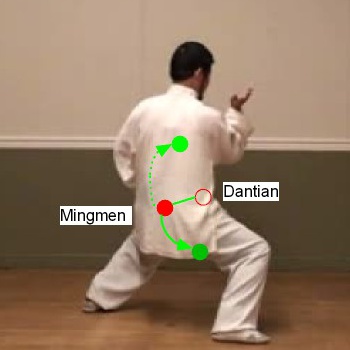
Sifu (Master/Teacher) Wing Cheung, Tai Chi Division Champion of the 2005 Canada Kung Fu and Wushu Championship and founder of Tai Chi, Qigong & Feng Shui Institute had acquired a deep interest in martial arts and had started learning northern Shaolin kung fu from his father since he was six years old. Grandmaster Cheung was a kung fu and tai chi master as well as a kick boxer, he won the Canton Province Kick Boxing Championship back in 1969.
After suffering from a serious traffic accident in 1994, Sifu Cheung sought the help of Master Wu Jian Hua, afamous qigong healer. Master Wu was a colleague of Professor Lin Hou-Sheng at the Shanghai Qigong
 Research Institute in China. Since then Sifu Cheung studied acupressure, traditional Chinese medical theories and different styles of Qigong under Master Wu. For the past 15 years, he has travelled to many places around the world learning tai chi, qigong and other inner techniques from different teachers. He has also spent a lot of time and resources doing research on them with the latest biofeedback, neurofeedback and quantum feedback equipments.
Research Institute in China. Since then Sifu Cheung studied acupressure, traditional Chinese medical theories and different styles of Qigong under Master Wu. For the past 15 years, he has travelled to many places around the world learning tai chi, qigong and other inner techniques from different teachers. He has also spent a lot of time and resources doing research on them with the latest biofeedback, neurofeedback and quantum feedback equipments.Sifu Cheung teaches Tai Chi Qigong at the Canadian Cancer Society Relay for Life event
Sifu Cheung has devoted his life spreading the wonders of qi around the world. He now works as a qigong healer, feng shui (the study of how qi/energy flows in and around the house to bring good health and fortune to its occupants) consultant and teaches tai chi and qigong. Through his workshops, he has trained hundreds of tai chi qigong instructors worldwide.



Sifu Wing Cheung has been featured on different magazines, newspapers and radio stations worldwide


















